Nature in its purest state
It is beautiful, it is easy to grow, it is very floriferous and it smells good,
It is called the Buddleia of Father David, it attracts bees and butterflies,
Originally from China, introduced to France in 1869, by a migrating missionary,
The butterfly bush with its purple panicles attracts pollinators.
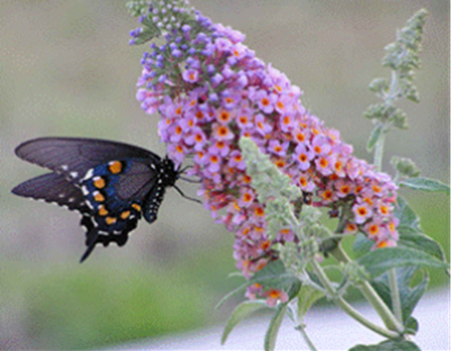
This ball of thorns, preferably coming out at nightfall,
Slugs, snails, worms and beetles feed,
This unassuming little tank is equipped with 6,000 quills,
Offer cat food to the hedgehog who loves crunchy fruit
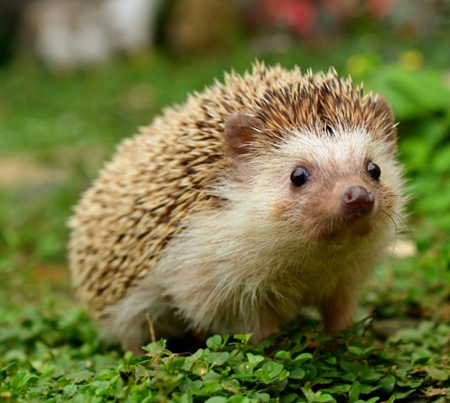
Ornamental in the plains of South America this large herbaceous plant,
The pampas grass with long flower stalks colonizes the marshes,
Its very sharp leaves can cause deep wounds,
But its inflorescences in plumes when dried make beautiful bouquets.
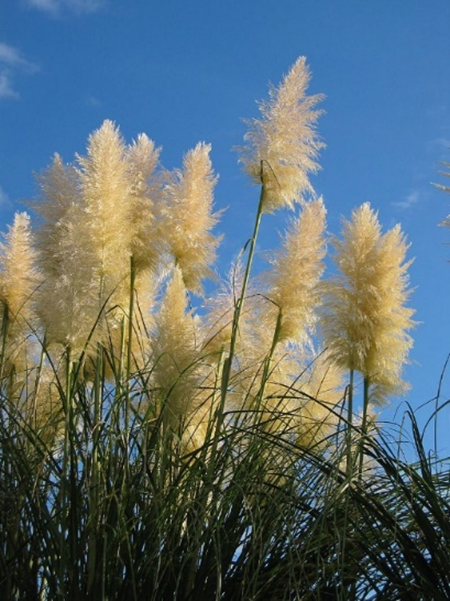
It can turn your lawn over, leaving mounds without fun,
Its powerful webbed and horny front paws dig galleries,
The mole has a bad reputation but becomes a valuable assistant to the gardener.
She eats the slugs and a lot of insects that nibble on your vegetable.
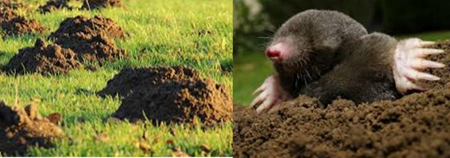
This succulent plant native to South Africa has the gift of clinging,
There, its raw, cooked or even jam-packed fruit is eaten,
Witch's claw or sea fig with pretty daisy-shaped flowers,
Its fleshy leaves on its creeping stems quickly cover the laterite.
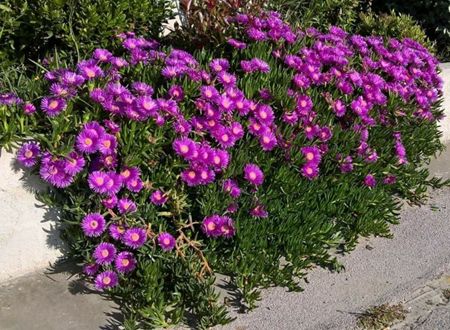
Mammal recognizable by its long pointed nose and laughing eyes,
This little Gargantua eats slugs, earthworms or invertebrate larvae,
The very strong smell of the shrew serves as a repellent against predators,
This is why your kitten prefers to play with its prey rather than bite it!
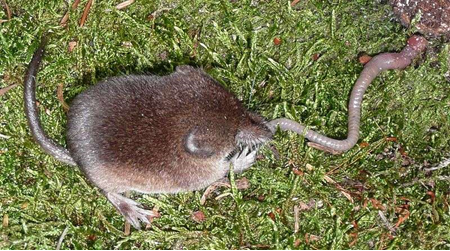
Native to Asia, this ornamental can reach two meters high,
The great Himalayan balsam or glandular country impatiens,
From its elongated capsules, it projects its seeds several meters,
It suffocates the vegetation cover and can invade certain waterways.
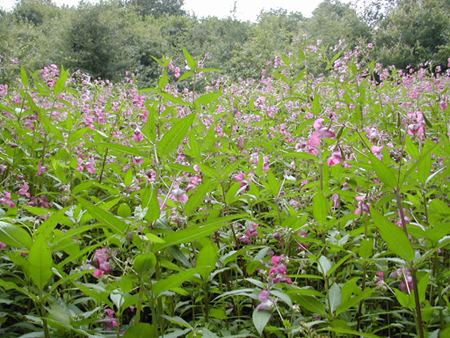
Just like Mickey's front paws end in four sharp claws,
Mice, fond of carrots or potatoes, undermine vegetable gardens,
But must hide from the fox and raptors crazy about these rodents,
For the musophobia of humans, Ratatouille on video and more fear!
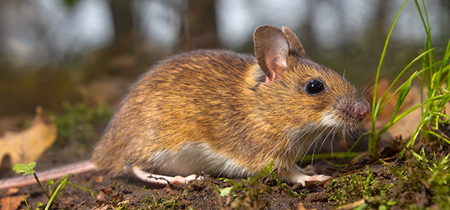
Imported by winegrowers from Bordeaux in North America it would have arrived,
By these seeds, the phytolac, allowed to give color to the cuvée,
The "American grape" reaches 4 m in height, it stifles microfauna and flora,
Under its purplish-red stems and its clusters of hanging bicolored berries.
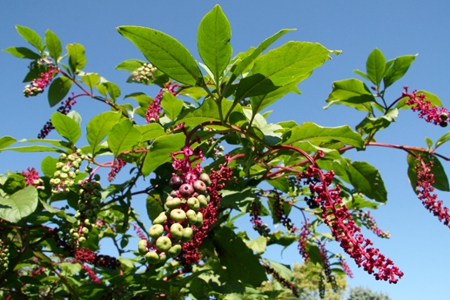
It is a real plague in the garden, it digs galleries with the help of its teeth,
This mole rat or terrestrial vole attacks the roots of vegetables in the kitchen garden,
Stocky with small ears and a rounded muzzle, his body is picked up,
The elderberry manure sprayed around the vegetables keeps it away from its supply.
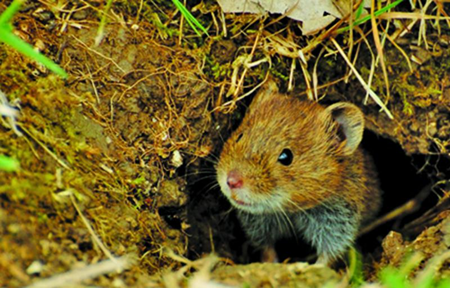
Native to South America, datura grows in wasteland, nicknamed devil's weed,
Its dark green, crumpled leaves give off an unpleasant foul odor,
The solitary, white bell-shaped flowers turn into thorny capsules,
They release black seeds which can remain dormant for many years.
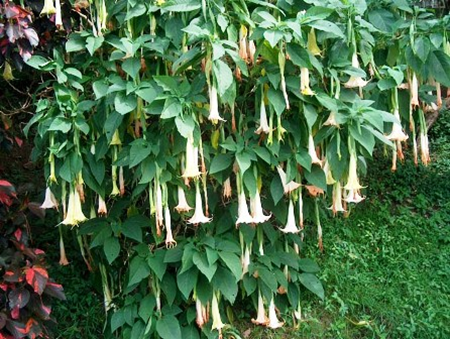
Batman is in the garden, come and see, noctule, horseshoe bat, earwort or pipistrelle,
Bats have a bad reputation associated with the evil eye or the devil,
Yet in one summer each of them swallows 60,000 winged mosquitoes,
They also regulate moths wreaking incredible havoc.
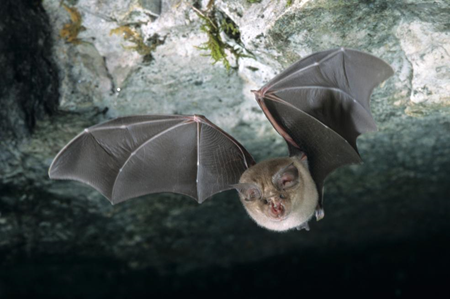
Queen of the invasives its reddish striped stems reach 4 m high,
Japanese knotweed weaves a very dense network through its enormous rhizome,
The white flowers, grouped in panicles, adorn the ditches and the banks,
Often installed in the garden, it quickly takes on an unforeseen scale.
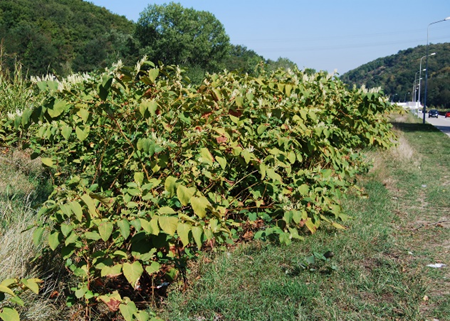
With her black head and broad white cheeks she is the gardener friend,
Its clear and piercing song is heard in the springtime,
It swallows up the aphids that ravage our gardens, the great tit,
No need for insecticide, it gets rid of shunting caterpillars.
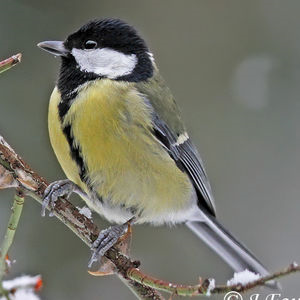
Coming from America clinging to animal skins, it resists drought,
Wild, the Canada fleabane develops with great prowess,
Its flower clusters develop tiny, downy flower heads,
Its seeds, provided with egrets, are dispersed by the wind over several leagues.
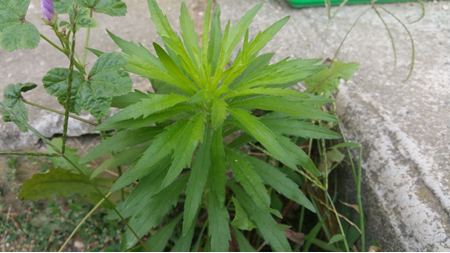
Forest bird also appreciating the hedges, it requires the presence of baliveaux,
It roams the trunks upside down or right side up, it is the Eurasian nuthatch,
Short tail and long beak, it hangs from the long claws of its paws,
It feeds mainly on caterpillars and beetles, like a good acrobat.
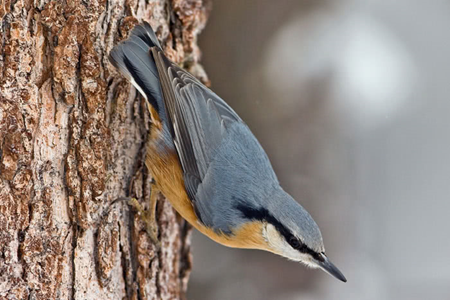
It thrives in clay soils, and tolerates a few weeks of drought,
Less greedy in water, the silphia is a gamble for the future with prowess,
Ecological plant with yellow flower heads, it is used to feed ruminants,
A honey plant for insects, its leaves serve as a watering hole, retaining water.
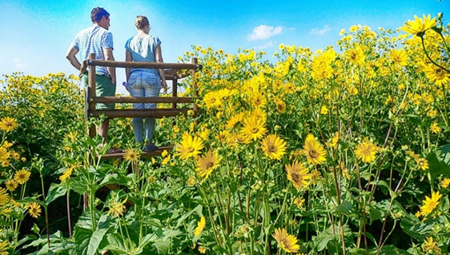
He lulls our awakenings with his melodious songs and his endless gazous, gazous,
The red throat, beautiful with its red-orange that covers her chest and neck
This garden pet feeds on the ground on larvae, insects and spiders,
Little shy, if you leave him some bread crumbs he will love you!
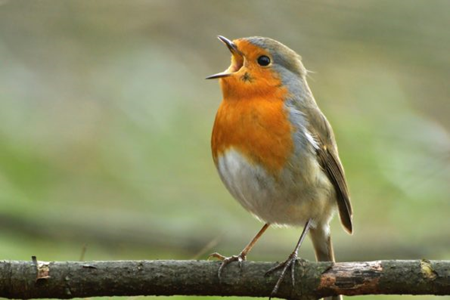
In honor of Pierre Poivre Adventurer, botanist, naturalist, explorer, philosopher, humanist, missionary,
of the Age of Enlightenment having dedicated its existence to two spices, nutmeg and
the clove, here are my last 2 quatrains.
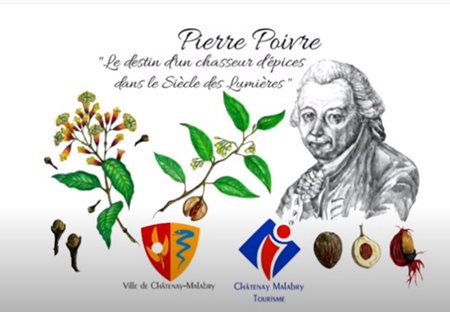
Originally from tropical countries, nutmeg produces nutmeg,
Pale yellow in color, streaked with red and green marks, it has cascading virtues,
It purifies the stomach but becomes narcotic and hallucinogenic at high doses,
Grated, it gives flavor to the fruit salads and mulled wine of virtuosos.
The cloves native to Indonesia carry the cloves, its flower buds,
The Chinese, chewing them for better breath, had used them for millennia,
Its antiseptic and anesthetic properties treat dental pain,
In cooking, they are present in sauerkraut and since Henri IV, in the chicken in the pot.
L’ARIÉ….JOIE
